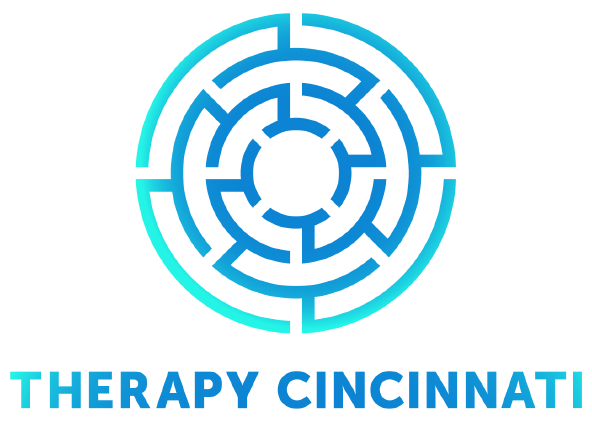“I know I need help, but I’m really scared.”
Trauma and PTSD therapy is a proven and effective treatment for many mental health matters. In the same way that you might visit a physical therapist for a sprained ligament, there is tremendous value in speaking to a trained trauma therapist when you experience trauma or PTSD. Unfortunately, however, it is not uncommon for people to avoid speaking with a therapist, which is due to a combination of many different reasons. Fear is arguably the number one reason why individuals may be hesitant to seek therapy, and this is very normal and understandable. Fear of the unknown, concern about an increase in nightmares and other trauma symptoms, worry that speaking about what happened will make us feel worse or make what happened feel more real, or anxiety about what may be discovered in therapy may keep traumatized individuals from obtaining the care they deserve.
If you believe you would benefit from trauma and PTSD therapy but are worried about actually seeing a therapist for trauma, we want to give you some peace of mind. It’s important to know that we trauma therapists have ways of working with trauma that will not retrigger or overwhelm you.
Our therapists at Therapy Cincinnati prioritize your emotional wellbeing above all else, and we are well-equipped with many techniques to ensure that we will avoid emotionally overwhelming you. It is our hope that any fear or doubt that may be keeping you from experiencing healing and growth can be replaced with confidence and hope.
Therapy is not like ripping off a Band-Aid. Our therapists never go straight into the most difficult aspect of a traumatic experience. Instead, we work slowly and carefully so that we understand all the nuances and details surrounding the trauma before we start addressing the epicenter of the trauma itself. One method that we utilize to accomplish this gradual approach is called Titration. Titration is a Somatic Psychotherapy technique that provides a structured way of progressively working up to the most difficult aspect of the trauma by categorizing details surrounding the trauma into zones.
One of the biggest benefits of using titration in trauma therapy is that it allows us to see how fast we want to move in trauma therapy, while making sure that we don’t get overwhelmed. In Somatic therapy, when we talk or think about things that are upsetting us too much we run the risk of our nervous system shutting down, or conversely feeling on edge and anxious. Shutting down may look like someone having a hard time concentrating on the trauma work, or it may be the person feels numb. Both these states – shutting down or feeling more on edge - are not good and we are trained to help people avoid ending up in one of these places.
This is one of the many reasons why talking with a specially trained trauma therapist is so beneficial. While there are many wonderful therapists doing amazing work, in order to get the right treatment for trauma it is very important to work with a therapist who has extensive training in treating trauma and PTSD and understands how trauma affects us. While all therapists can treat mental health issues, trauma requires more than just a basic level of knowledge. Just like you wouldn’t go to your PCP for complex brain surgery, treating trauma properly requires significant training, skill, and experience.
We at Therapy Cincinnati have spent years learning about all the nuances of trauma and PTSD and have undergoing extensive training that only a few therapists in the Cincinnati area possess. We are able to help you get past the trauma you have experienced while doing so in a safe and effective way. We know that therapy can seem intimidating at first, but our hope is that by giving you some insight into one of the many tools we use that you will feel more comfortable allowing us the opportunity to partner with you on your journey towards healing.
Working collaboratively with one of our compassionate, trauma-informed, and certified EMDR therapists at Therapy Cincinnati can be a healing step towards resolving traumatic symptoms and emotions associated with trauma. If you would like to learn more about how trauma therapy works, please contact us today for a free, 15-minute phone consultation.
Trauma and PTSD treatment in Cincinnati
Therapy Cincinnati is a mental health clinic specializing in EMDR, PTSD treatment, and trauma therapy for women located in the Cincinnati area (and via telehealth!), and we are ready to partner with you on your journey towards growth and healing. Learn more about us and how we work.

